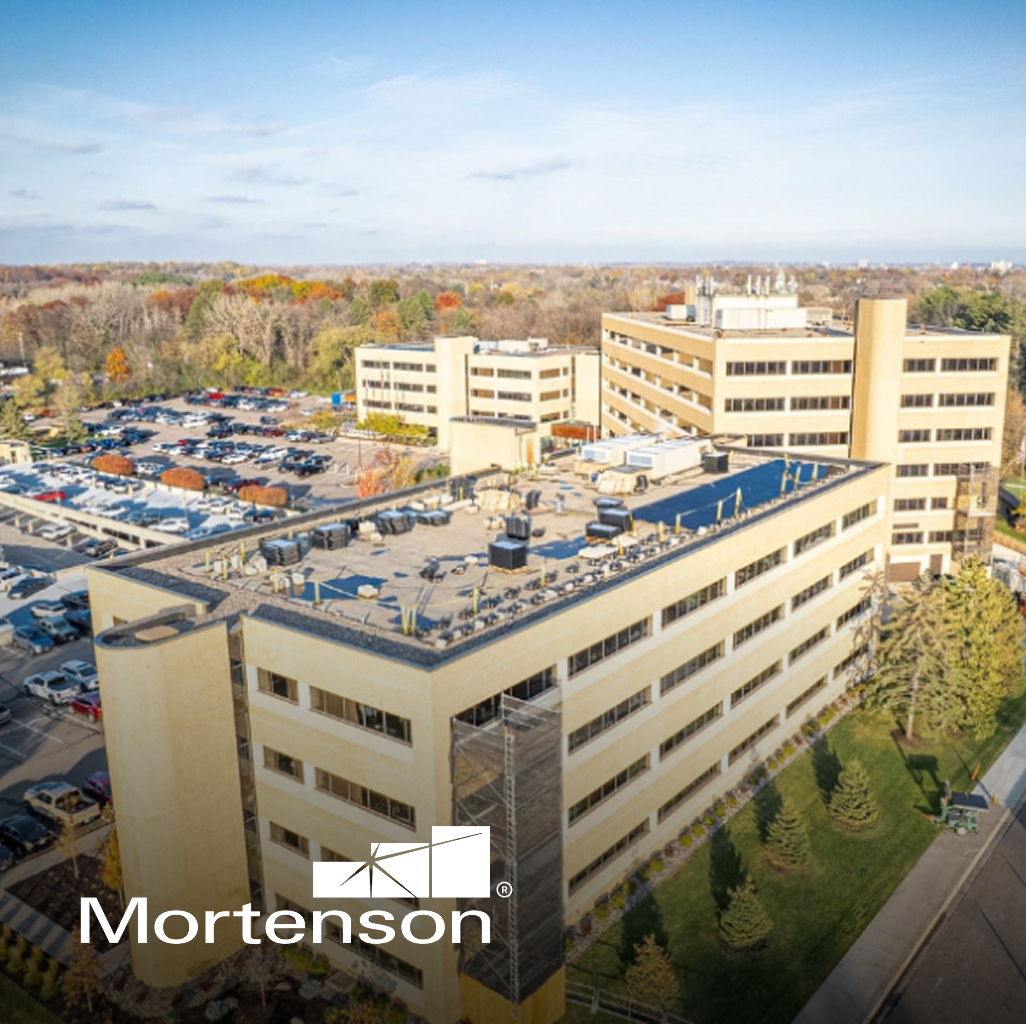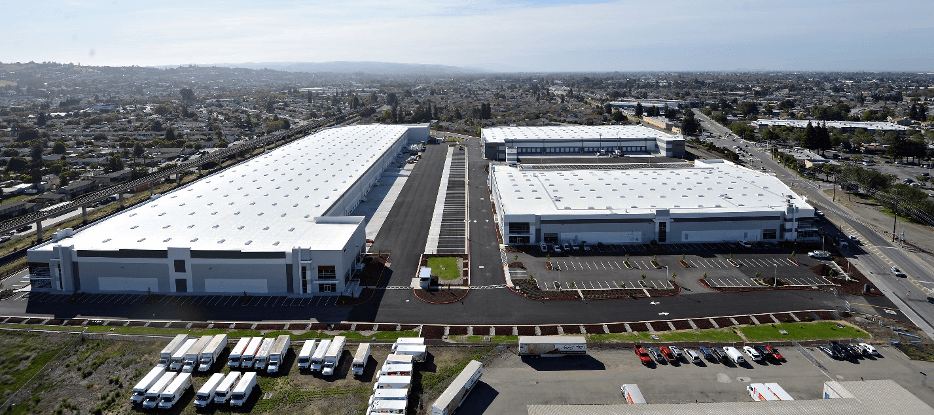
Retail owner and operator increase water cost recovery by $218,000 in 5 months and asset value by $3M with Enertiv











It’s become an all-too-familiar story, a retail owner and operator is under-recovering for water costs because their incumbent utility provider:
- Lacks visibility over tenant usage.
- Uses an unwieldy and opaque billing methodology.
- Relies on sporadic manual readings
Everyone, from property managers to VPs, knows there’s a problem, but no one has the solution or time to fix it.
Enertiv was brought in to untangle the mess. Our team assessed the situation from the ground up: examining pipeline infrastructure, determining the necessary data capture solutions for complete tenant usage visibility, and setting correct rates for each tenant while fixing billing mistakes from the previous provider.
The payoff was clear: in less than five months, Enertiv helped them increase recovery by over $200,000 across nine buildings, translating to an increase in property value of over $3,000,000.
They started with a black box. Now, they have a transparent, auditable system that allows anyone to trace billing calculations back to their source: real-time data and correct provider rates.
Untangling the mess: the challenges before Enertiv
Their experience with Conservice was riddled with mistakes, gradually uncovered through our survey process:
- Paying tenants' water bills: The client was unknowingly paying tenants' water bills, believing the tenants were billed directly.
- Percentage allocation billing: Billing was based on percentage allocation rather than actual consumption, leading to unfair charges.
- Irregular billing cycles: Billing cycles varied from 27 to 45 days due to inconsistent manual readings.
- Inapplicable base fees: Conservice charged tenants base fees not applicable according to the provider’s billing structure.
- Misassigned meters: Meters were often incorrectly assigned, causing overcharges and undercharges.
- Sporadic manual readings: Tenant billing relied on irregular manual readings, sometimes as infrequent as every 53 days.
- Lack of submeters: Many buildings lacked submeters, or they were hidden or inaccessible.
- Tariff misallocation: The city's base fees and sewer rates were not accurately reflected, leading to further billing inaccuracies.
Root causes and consequences
Here was the root cause: Conservice failed to work from first principles.
They didn't do the groundwork to understand the water lines, infrastructure, and metering, and did not gather real-time data. Here are the consequences:

Because Conservice didn’t fully understand their infrastructure and lacked real-time data, they couldn’t accurately determine who to charge or how much. Instead, they relied on sporadic manual reads and rough estimates. These systemic errors led to:
- Delayed billing: Up to two months of delays.
- Low recovery rates: Only 26% average recovery across buildings.
- Significant financial losses: Hundreds of thousands in unrecovered utility costs.
- Overbilling and underbilling: Significant discrepancies from 270% over recovery to 49% under recovery.
The final output was chaotic: property managers had to painstakingly review and approve huge spreadsheets before any bills could be sent.

The process was further delayed because Conservice treated all buildings as a single asset, withholding billing until every meter was read, regardless of each building’s status.
To compound the problem, resolving any issue was nearly impossible as there was no direct point of contact.
From black box to clear, auditable billing based on real-time data
Fast forward to today, their billing process has been overhauled according to Enertiv's motto:
We want customers to be able to audit us.
Enertiv gives clients full access to all billing data and lays its process bare by showing how everything works. We train them to audit the data, so they understand exactly how each bill is calculated. This helps them fully grasp their operations and easily explain bills to tenants.
Now, they have real-time visibility over tenant usage, with each meter correctly assigned and billing based on accurate provider charges.

This transparency extends to tenants as well.
They have access to their consumption and billing history through an intuitive portal, which virtually eliminates disputes
If a tenant questions their bill, they can log into the portal to see their real-time consumption from smart meters, and even manually read meters are documented with photos. Everything is traceable down to each individual meter.

And gone are the days of manually reviewing and approving spreadsheets filled with errors.
Their property management team can now trust that every meter read, provider rate, and tenant bill is proactively verified and reconciled. They receive one consolidated charge file a month, approve it, and they’re done. Everything else is automated and validated by experts.
On average, they receive bills only 2 business days after all the necessary data is available, whether it's the last meter read, the provider bill, or the start of the billing cycle.
Before Enertiv, they struggled to reach a real person for support and had to settle for generic chatbots. Now, they have access to dedicated billing experts who respond to questions within 24 hours.
Step-by-step implementation process
Here’s an overview of what typically happens during a tenant billing implementation with Enertiv when hardware installation is involved.
1. Initial survey and scoping
First, we conduct a comprehensive on-site survey to understand the client’s current setup. This involves tracing the plumbing infrastructure, mapping water lines to tenant spaces, and identifying all existing meters.
The survey results revealed several issues, particularly in multi-tenant buildings including missing or inaccessible submeters. These findings helped us determine the best data capture solutions for each building and plan the next steps.
Lucas Hall, Enertiv's system engineer, shared, "We discovered via the radio capture method that there were submeters inside walls and above ceilings. They were even broadcasting their readings, but nobody ever saw them."
This groundwork provided a clear picture of the property's submetering gaps, aligning both parties on an implementation plan to get coverage for tenant usage at the lowest cost.
2. Data collection and analysis
We gathered tenant information, utility logins, and previous billing records to understand the full scope of inaccuracies in the current billing system.
This revealed issues like tenants being overcharged due to misassigned meters and using percentage allocation billing instead of actual consumption.
Enertiv's Onboarding Manager, Paige Myers, mentioned that, "They were manually reading house meters, thinking they were submeters and passing on that full amount which was not right."
3. Hardware installation and data capture solutions
Next, we installed the necessary hardware to capture real-time data, addressing the gaps identified in our initial assessment. This included setting up missing submeters and correctly assigning all meters to the proper tenants. We used various data capture methods to achieve total coverage at the lowest cost.
Ultrasonic meters

Usage: Installed on buildings 1 to 4 to measure water flow without cutting pipes or shutting down services.
Detail: These meters clamp around existing pipes and use sound waves to measure flow.
Benefit: Continuous water flow measurement with minimal installation costs and no service interruption.
Radio frequency capture
Usage: Captured real-time water meter register readouts using low-power radio transmission.
Detail: A fixed-network solution transmitted data continuously to a central receiver, enabling real-time monitoring without physical meter reads.
Benefit: Eliminated manual meter readings, discovered previously unknown "walled-in" meters, and provided 24/7 data access.
Virtual Deduction Methods
Usage: Used software to deduce total consumption in strategic locations, reducing the need for multiple submeters.
Detail: Installed submeters at key points and used software to calculate individual tenant consumption by subtracting upstream and downstream readings.
Benefit: Reduced installation costs, minimized hardware requirements, and maintained accurate billing.
4. Audit and recalibration of billing processes
We examined existing billing methods for compliance with local laws and lease agreements. This lets us identify errors such as incorrect meter assignments, overbilling tenants due to misallocation of water usage, incorrect provider charges etc.
5. Quality assurance and verification
We regularly audited data and cross-verified it with provider invoices to catch discrepancies. This proactive approach helped us quickly address any emerging issues, ensuring billed amounts accurately reflected actual usage.
6. Onboarding and training
We take responsibility for the correct use of our software. We took the client's team through every step, showing them how to use the system and access their consumption data. This transparency is a cornerstone of Enertiv’s approach, allowing clients to have complete confidence in their billing system.
7. Results and feedback loop
We held regular quarterly business reviews (QBRs) to review performance metrics and discuss potential improvements. These sessions involved evaluating the system's performance, identifying any issues, and discussing potential enhancements. Necessary adjustments were made based on feedback to further refine the system, ensuring it continued to meet the client's evolving needs.
If three ideas stick with you from all this, it should be these
1. If you can't audit your own billing system, expect chaos
Poor recovery performance is intrinsically tied to not having a transparent, and auditable billing system.
If you can't verify how much is being billed, to whom and justify why - that means systemic mistakes crept in and are being magnified over time.
The results are underbilling and in the worst-case scenario, overbilling and disputes.
Conservice failed to provide real-time data and clear justification for each charge, making some utility charges arbitrary and reconciling bills a time-consuming process.
This left the client struggling to understand their billing situation, and thus, solve it.
2. Work back from first principles to untangle the mess
Enertiv tackled the client's billing issues by working back from first principles: this meant tracing the entire pipeline and submeter infrastructure, checking each meter and connection, and understanding the flow of utilities through the building.
It made every step logical and verifiable.
Subhan Mansoor, Sr. Director of Engineering Solutions at Enertiv, summed it up well:
"It's all about going back to first principles, avoiding assumptions, and verifying everything along the way using our structure rather than following what others did."
This method made Enertiv’s billing system transparent and auditable from start to finish.
Paige, Enertiv's Onboarding Manager echoes this: "We are putting your data in your hands. We're not going to hide anything."
3. White glove service is a must
This project required extensive detective work. Neither the client's team, the building's previous owners, nor Conservice had a complete overview of the pipeline and submeter infrastructure.
We had to collaborate closely with the client to reverse-engineer Conservice's processes and rectify mistakes. This underscores the importance of white-glove service: a dedicated team of experts working hard to find the answers, providing answers within 24 hours, and guiding you through every step of the process.
What an insight looks like for the tenant:


Even under triple net leases—where operational costs are outside the landlord’s direct control—this landlord was able to create tangible, strategic impact with Enertiv. By offering a differentiated experience to tenants, they strengthened relationships and increased retention. Additionally, the initiative positioned the landlord to meet portfolio decarbonization goals.





